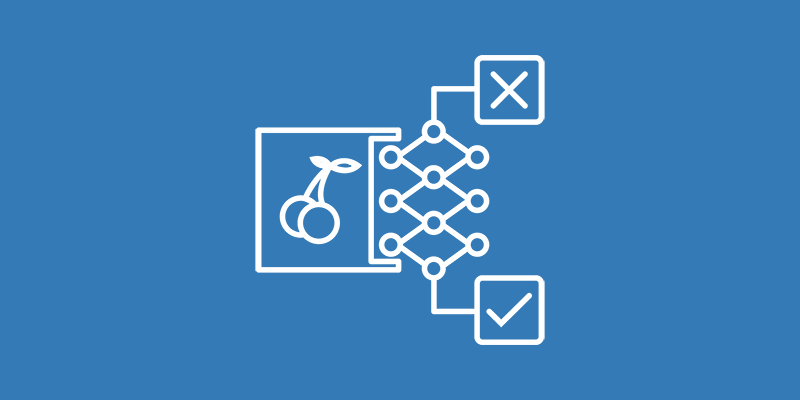Day 9: Building an Image Classifier
Welcome back to our image classification journey! As we near the end of our exploration, it’s time to reflect on our achievements, lessons learned, and future directions in the field of image classification. In today’s blog post, we’ll take a moment to celebrate our accomplishments, acknowledge the challenges we’ve faced, and chart a course for further exploration and improvement. By the end of this post, you’ll have a deeper appreciation for the journey we’ve undertaken and a roadmap for future endeavors in image classification.
Celebrating Our Achievements
Throughout our journey, we’ve accomplished a great deal:
- Built and Trained a Model: We successfully built and trained an image classification model using convolutional neural networks (CNNs), leveraging techniques such as data preprocessing, model building, and optimization.
- Evaluated Model Performance: We evaluated the performance of our trained model using various metrics, including accuracy, precision, recall, and F1-score, gaining insights into its strengths and weaknesses.
- Handled Real-World Challenges: We addressed real-world challenges in image classification, such as dealing with imbalanced datasets, overfitting, and underfitting, using techniques like data augmentation, class weights, and regularization.
- Deployed and Integrated the Model: We deployed our trained model as a web service using TensorFlow Serving, making it accessible via HTTP endpoints and integrated it into real-world applications, enabling offline image classification on mobile devices.
Lessons Learned and Challenges Faced
Along the way, we encountered several valuable lessons and challenges:
- Data Quality and Quantity: The quality and quantity of training data play a crucial role in the performance of the model. Obtaining high-quality labeled data and augmenting it with diverse examples can significantly improve model accuracy.
- Hyperparameter Tuning: Experimenting with different hyperparameters and optimization techniques is essential for achieving optimal model performance. Techniques like grid search and random search can help identify the best configuration for the model.
- Model Interpretability: Understanding how the model makes predictions and interpreting its decisions is essential for building trust and transparency. Techniques like model visualization and interpretation tools can aid in understanding the model’s behavior.
Future Directions and Opportunities
As we look ahead, there are several exciting avenues for further exploration and improvement:
- Advanced Architectures: Exploring advanced CNN architectures, such as residual networks (ResNets), attention mechanisms, and transformer-based models, can lead to better performance and scalability in image classification tasks.
- Transfer Learning: Leveraging pre-trained models and transfer learning techniques can accelerate model development and improve performance, especially when working with limited labeled data or domain-specific tasks.
- Multi-Modal Learning: Integrating multiple sources of information, such as text, audio, and video, into the image classification pipeline can enhance model capabilities and enable more comprehensive understanding of complex scenarios.
Conclusion
In today’s blog post, we’ve reflected on our journey in image classification, celebrating our achievements, acknowledging the challenges we’ve faced, and charting a course for future exploration and improvement. By building and training a model, evaluating its performance, handling real-world challenges, and deploying it into real-world applications, we’ve gained valuable insights and skills that will serve us well in our continued journey in artificial intelligence and machine learning.
As we conclude our image classification journey, I invite you to reflect on your own achievements and lessons learned and to continue exploring new horizons in the fascinating world of AI. Thank you for joining me on this journey, and I look forward to embarking on new adventures together in the future!
If you have any questions, insights, or ideas for future projects, feel free to share them in the comments section below. Happy exploring, and until next time!
